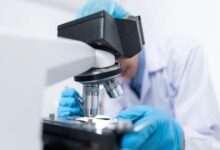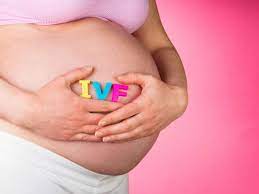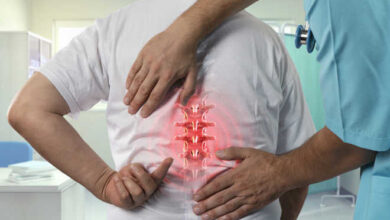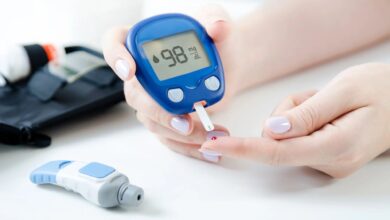Physicians Describe Typical Breast Cancer Symptoms And Signs To Watch Out For
There are two forms of breast cancer: asymptomatic breast cancer and symptomatic breast cancer. Breast cancer is an increasing worldwide health problem. It’s crucial to remember that asymptomatic breast cancer is a disease in which people don’t exhibit any symptoms and can only be found by standard screenings like CT scans, sonograms, or mammograms.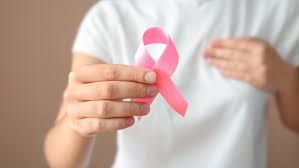
According to Dr. Sandip Bipte, Consultant Breast Surgeon at P D Hinduja Hospital in Khar, “Some patients had CT scans during the COVID pandemic and unintentionally found breast lumps, even though they didn’t exhibit any symptoms.” In some cases, calcifications seen during regular screenings may be a sign of precancerous risk.
On the other hand, symptomatic breast cancer is more prevalent and is distinguished by a range of symptoms, the speaker said. These are symptoms that around 70–80% of people with breast cancer encounter. A painless lump beneath the armpit or in the breast is the most common symptom. Usually the first symptom to appear is this painless bump. When women self-examine their breasts, they may find bloodstained nipple discharge as another indication. A shift in the size or shape of the breasts, sometimes linked to an underlying lump, is the third symptom. Another reason to be concerned is breast retraction, especially if it is recent and occurs on one side.
It should be mentioned that some women find it unpleasant when they suffer nipple itching, which, if ignored, may cause nipple damage known as Paget’s disease of the nipple. Furthermore, an enormous inflammatory lump with an orange peel-like texture might be an indication of advanced breast cancer. A stage three diagnosis of locally progressed breast cancer may result from this.
Resources are available to assist anybody going through this trying period.
The key to early diagnosis is vigilance, according to Dr. Meenu Walia, Vice Chairman of Medical Oncology (Breast, Gynecology, Thoracic), Max Super Speciality Hospital, Patparganj. Therefore, pay attention to any cues your body provides you. Make an appointment to see your physician. Mammograms and breast self-examinations on a regular basis are crucial for early detection and prevention. Your biggest friends in the fight against breast cancer are awareness and early intervention.
The following are some very specific signs that women should be aware of, according to Dr. Walia:
Breast lumps: A palpable lump in the breast is the most typical early indicator. These lumps may have uneven edges and be hard, immovable, or painless. For many people, this is the first indication that points to the doctor’s office.Changes in Breast Size and Shape: It may be a cause for concern if one breast’s size, shape, or contour change for no apparent reason.
Nips Alterations:Be mindful that your nipples are delicate messengers. If they unexpectedly turn upside down or start to release anything other than milk, be cautious. These indicators need consideration.
Skin Abnormalities: The skin around the breasts may have dimples, redness, or pitting that resembles an orange peel. These symptoms might point to a problem.Breast Pain: Although breast cancer seldom causes pain, it is still important to take persistent discomfort seriously, particularly if it is localized.Swollen Lymph Nodes: Cancer may be spreading if there are enlarged lymph nodes under the armpit or on the collarbone.Rash or Itching: A red or scaly rash on the breast may indicate inflammatory breast cancer, making it an uncommon but noteworthy symptom.
Breast cancer is a common, possibly fatal disease that may sometimes be detected by modest signs and symptoms.


